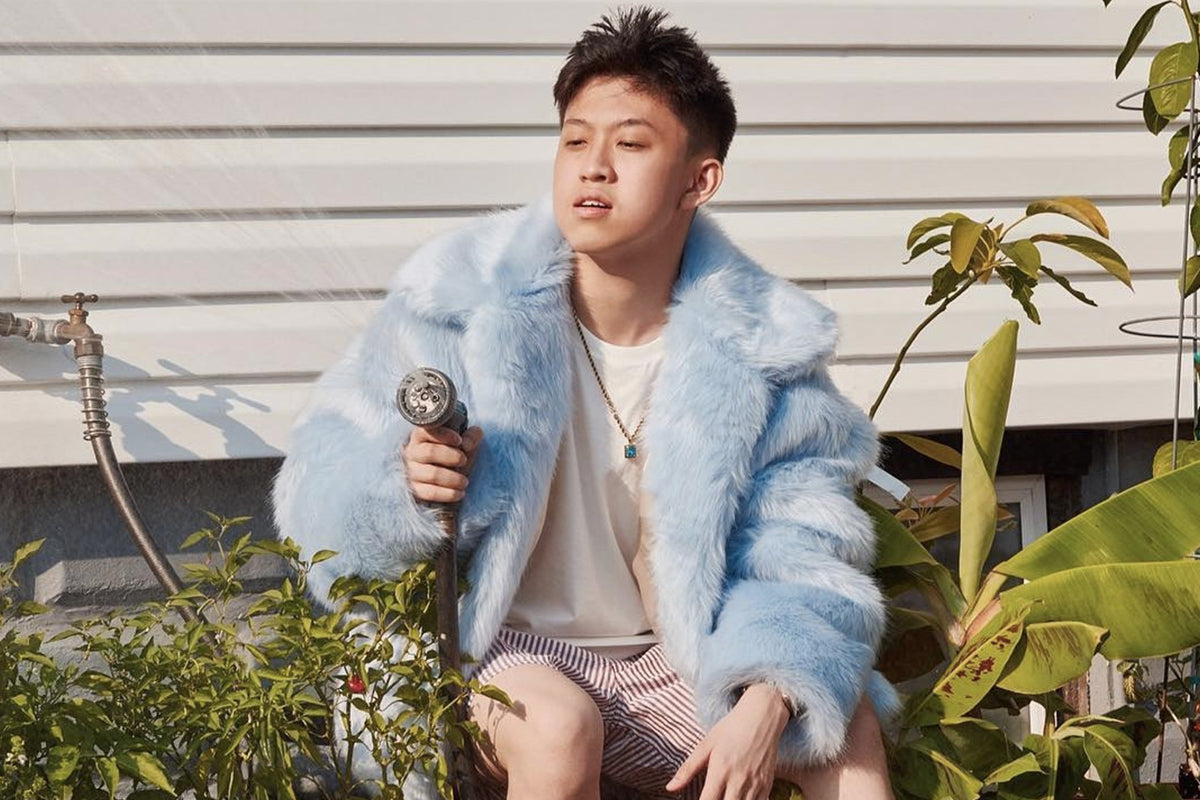
THE CROSSOVER: THE GROWING ASIAN PRESENCE IN HIP-HOP
Asians have long held their own in several corners of hip-hop - whether it be breakdancing, DJing, streetwear labels that dictated fashion trends throughout the 2000s, or Chinese rappers like Chef, Edison and MC Yan. However, recent years have seen stars like Rich Brian (formerly Rich Chigga) have find unprecedented success in American hip-hop circles. In 2015, Keith Ape's thunderous 'It G Ma' became the surprise crossover trap anthem of the year, while fellow Korean CL was featured alongside RiFF RAFF and OG Maco on the Diplo-produced 'Doctor Pepper.' In 2016, it was Rich Chigga's 'Dat Stick' that scored viral success from Indonesia, fuelled by Oriental-focused channels like 88Rising - which even earned the track a remix from the legendary Ghostface Killah.
Ghostface's love for Asian culture comes as no surprise, with Wu-Tang Clan's ferocious production embedding kung-fu samples into hip-hop consciousness from the Golden Era. Straight "from the slums of Shaolin," they were the biggest champions of Asian culture in rap - so much so that they were even 'claimed' by Asians in Dave Chapelle's infamous 'Racial Draft' comedy skit. The recent death of Fresh Kid Ice of 2 Live Crew - one of the early pioneers for Asian rappers - reminds us that the influence has existed for decades.
Throughout the 2000s, many might remember 'Got Rice' - an Asian pride anthem recorded over 2Pac's 'Changes' - circulating across file-sharing (and sometimes virus-ridden) programs like Limewire and Kazaa, while battle rapper Jin became the first Asian-American to sign to a major label when he joined Ruff Ryders. While Jin's fame was short lived, his definitive single 'Learn Chinese' was a defiant rallying cry against Asian stereotypes, with a Wyclef Jean cameo to boot. Representing a minority often considered meek, geeky or timid, the track spoke volumes in the boisterous world of hip-hop.
Other stars like Far East Movement and Dumbfoundead have found success during this decade, but now seems like the time when geographical and sonic borders are being broken down more than ever. After all, it's too common to find rappers from New York spitting like they grew up in Houston, so it only seems natural that America started looking further outward for influence, and the East seems to be the current hotspot.
The Chinese censorship of depictions in rap culture due to its encouragement of "immoral behaviour" hasn't stopped its continual growth. China in recent years has embraced hip-hop culture with a huge leap into the public eye from The Rap of China TV Show. It was a massive wave for young and upcoming artists such as Higher Brothers, Kris Wu, Bohan Phoenix, Vava and more. Despite the national ban, the artists are taking advantage of global platforms such as YouTube, Spotify, SoundCloud and more to make their mark.
The Asian influence is feeling stronger than ever whether it's from within Asia or from the West. While Asian minorities in popular perceptions of hip-hop might still feel like a lingering cameo, only time will tell if it flourishes into something more permanent.
Words / Christopher Au

